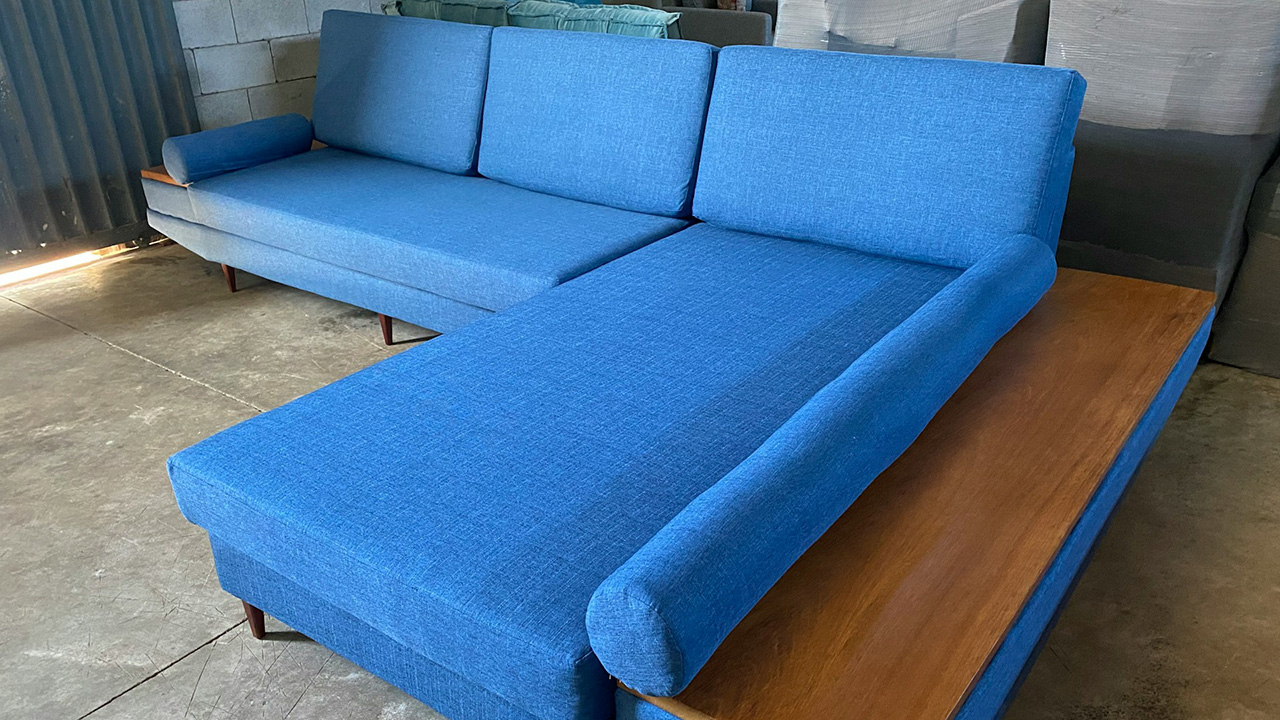10 decorating shortcuts that backfire every time
Everyone loves a good shortcut—until it costs more time or money in the long run. Decorating is one of those areas where cutting corners can come back to bite you fast. What seems like a quick fix or budget-friendly idea often ends up making a room look rushed, unbalanced, or dated before you even finish unpacking.
The truth is, decorating takes intention. You don’t have to spend a fortune, but skipping the steps that matter can make your home feel temporary instead of pulled together.
Painting without testing first
Grabbing a color straight off a paint chip sounds efficient, but it rarely turns out the way you imagine. Lighting, undertones, and wall texture all affect how color looks in real life. Skipping a test patch means risking an entire room that feels off—too cool, too dark, or too flat.
Always try samples on multiple walls and check them throughout the day. It’s a small step that saves hours of repainting and frustration later.
Hanging art too high
People often hang pictures at “eye level” without realizing that varies depending on the person. Art hung too high makes walls feel empty and disconnected from the furniture below. It throws off balance and can make ceilings feel lower instead of taller.
Aim for the center of the artwork to sit around 57 inches from the floor—about museum height. Align pieces with furniture, not the ceiling, and you’ll instantly make the room feel more cohesive.
Buying everything from one store
It’s tempting to decorate a room in one trip—especially when a store shows you a full matching setup. But those perfectly coordinated pieces often make a home feel flat and impersonal. Real warmth comes from mixing textures, tones, and finishes collected over time.
Instead of buying sets, combine materials and styles that complement each other. Layering new and old pieces makes your space look lived-in instead of staged.
Ignoring scale and proportion

A massive sectional in a small room or a tiny rug in a large one can ruin the balance of an otherwise great space. Furniture scale affects how open or cramped your home feels, and most people underestimate how much room each piece needs.
Measure before you buy, and use painter’s tape to visualize furniture footprints. Getting proportions right is one of the simplest ways to make a room feel well-designed, no matter your budget.
Overusing open shelving
Open shelves look great in photos, but in real life, they collect dust fast and demand constant styling. Without balance and upkeep, they quickly look cluttered and chaotic instead of curated.
If you love the look, limit open shelving to one section and use closed storage elsewhere. It keeps your home practical and attractive without turning cleaning into a full-time job.
Skipping window treatments
Bare windows can make a space feel unfinished, no matter how nice the furniture is. People skip curtains thinking it saves money or keeps things “minimal,” but what it really does is leave the room feeling cold.
Even affordable curtain panels hung high and wide can transform a room. They add softness, warmth, and a sense of height that no quick decor hack can replace.
Choosing cheap lighting
Lighting can make or break a room, and relying on basic overhead fixtures or builder-grade lamps rarely does it justice. It’s one of the most common shortcuts that cheapens the entire space.
Layered lighting—ambient, task, and accent—creates depth and comfort. Swapping out dated fixtures or adding dimmers is an easy upgrade that pays off instantly.
Using too many small accessories
When you try to decorate with lots of little pieces, the room can end up feeling messy instead of styled. Small decor items look better in thoughtful groupings, not scattered everywhere.
Stick to fewer, larger pieces that make an impact. A single oversized vase or framed print says more than a dozen tiny trinkets competing for attention.
Avoiding personal touches

Copying Pinterest boards or showroom setups can seem like a shortcut to “getting it right,” but it often leaves your home feeling disconnected from you. Decor that doesn’t reflect your life or story won’t feel comfortable for long.
Mix in family photos, heirlooms, or pieces that remind you of your favorite places. Those are the details that make a home feel intentional instead of trendy.
Rushing to finish a room
It’s normal to want everything done fast, but rushing decorating decisions usually leads to regret. You end up settling for items that fit now but not later—or realizing the look doesn’t flow once you live with it.
Let your home evolve. Collect pieces gradually, pay attention to how you use each space, and wait for the things you actually love. That patience always pays off more than any shortcut ever could.
Like Fix It Homestead’s content? Be sure to follow us.
Here’s more from us:
9 small changes that instantly make a house feel high-end
The $60 Target haul that made my house feel way more put together
*This article was developed with AI-powered tools and has been carefully reviewed by our editors.







